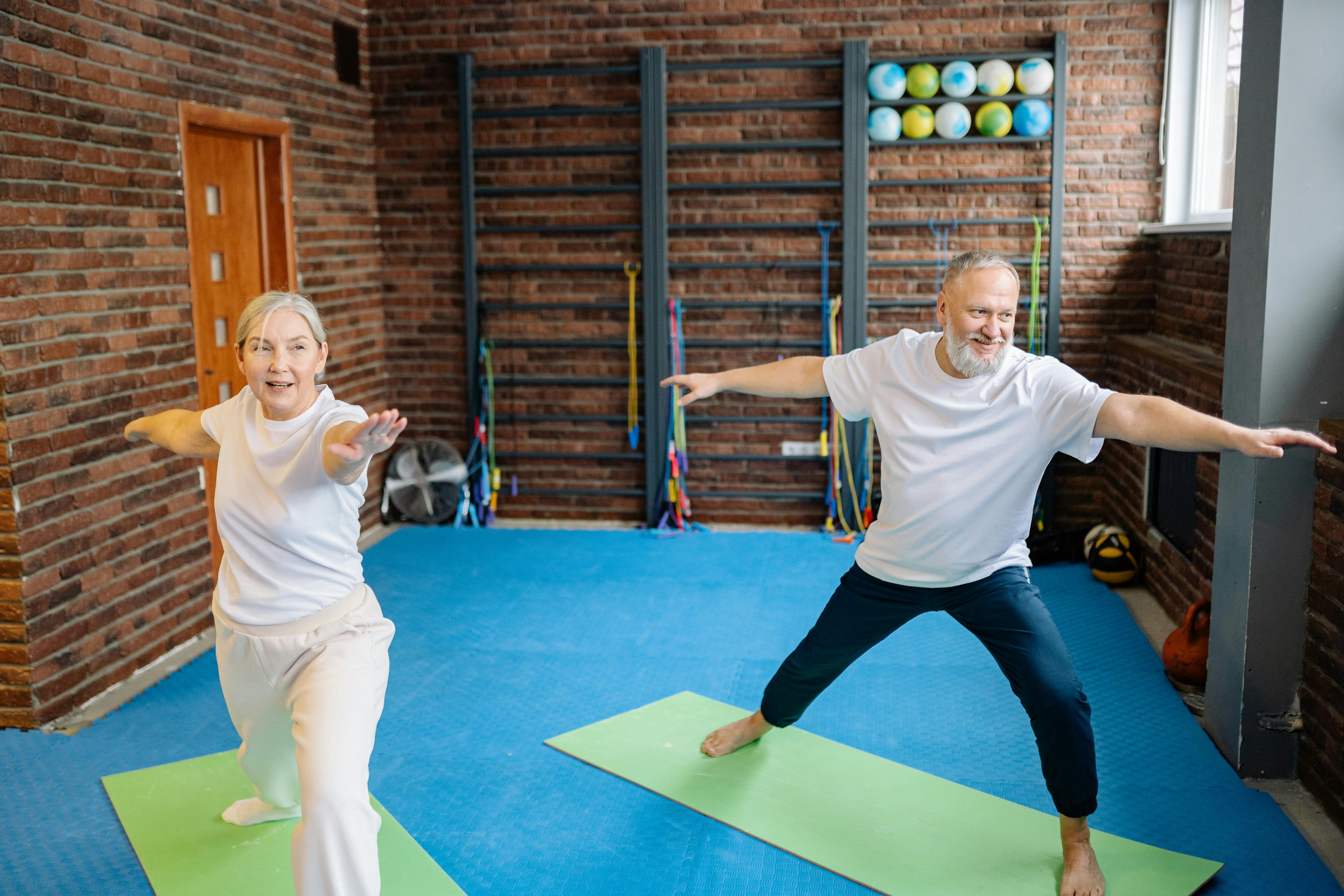Instant NLP Help for Slow Reading
The student said:
“I’m a freshman college student and I often have trouble with slow reading. I started reading when I was 4 years old and always loved it. I started to get more affected by the speed at which I read when I was in 4th grade. I read very slowly, but I understood everything I read. After high school I began to discover how my brain processed things. I do very well memorizing things because I imagine them in my mind. Colors and shapes come to mind for every word, date or number I am faced with. Then when I go to remember the thing, it is a sequence of colors, not an actual word. I realized that this was the cause of my slow reading. I had to read each word and turn it into a color / form. I’m in college now and my teachers have little sympathy for slow reading. I struggle a lot because the only way I can memorize things is by imagining, converting, and processing information, but by the time I do I’m very late. I want to know if there is something wrong with me, or if this is how I learn best. Is there anything I can do to turn things around faster or can I somehow make the synapses more efficient? “
And I advised him:
What can you do to convert things faster? You must use your visualization to see the words as images = words instead of colors gold shapes [which will, no wonder, slow you down!].
Start by looking at the shapes as you normally do. This is familiar to you and you are good at it.
Now begin to learn to see the shapes of words = how they look when written.
For this you must observe a lot and carefully. Notice how the letters look and then the words. Start with simple 3-letter words like cat, dog, fox, bed, pen, etc. Write each word on a separate A4 blank paper, place the paper in front of your face at or slightly above eye level, and observe the written word for 15 seconds. Then close your eyes. Do you see the word? Or has it quickly faded? Or do you see something else? If you see the word, how do you see it? Are the letters big enough to see comfortably, but not big enough that you can’t see the whole word? Are they on a contrasting color background? Are they uppercase or lowercase? And if you tried to see the letters in the other case, would it be less or more comfortable? Experiment with this.
Can you spell the word back and forth as you watch it? If you can, you will definitely see the word, which is important!
Is there something really wrong with you? Yes! You have developed the wrong habit of visualizing to see words. To see the words you need to see words. Seeing shapes or colors is the wrong tool for this job. This is the only thing that happens to you. Absolutely nothing else. And you may Change the way your brain works! Being present in the moment and being truly aware of working with yourself is the only way forward. Once you start to see words like words Instead of colors or shapes, your reading speed will improve quickly. Fast readers recognize whole words as blocks in the back of their brains, not letter by letter. Slow readers read slowly, because if they can see the letters, they look at them letter by letter. You need to see whole words and once you get good at this with practice, your brain will automatically send them to your back.
You a fantastic memory is another excellent asset you can use here. Photographic memory is the best kind of memory to have, especially for seeing words! So when you write a word on a blank A4 paper, bring it to eye level, look at it, take a picture of that word in your imagination. Learn to see the word as if it were a picture in your head. When you see the word as a photo, you see it as a block that I mentioned earlier.
Practice. All of these exercises here should be done only initially until seeing the words as blocks becomes automatic for you. Once you do, you’ll read so fast anyway that you won’t have time for all of this. This will help you get started on the right path: teaching your brain a new way of thinking.
And remember these tips:
Always hold any page you are reading in front of your face at or slightly above your eyes. That’s where your visual field is. Never hold your reading material on your lap so that you have to look down to read it! Never! Because there you would be in your feelings which is the wrong tool for a visual work such as reading!
Whenever you read, sit with both feet firmly on the ground. This will give you a grounded connection and an added sense of calm, security, and protection.
When reading, do your best not to subvocalize, that is, not utter the words in your head. This would also slow it down. If you don’t, great. If so, gradually learn not to.
